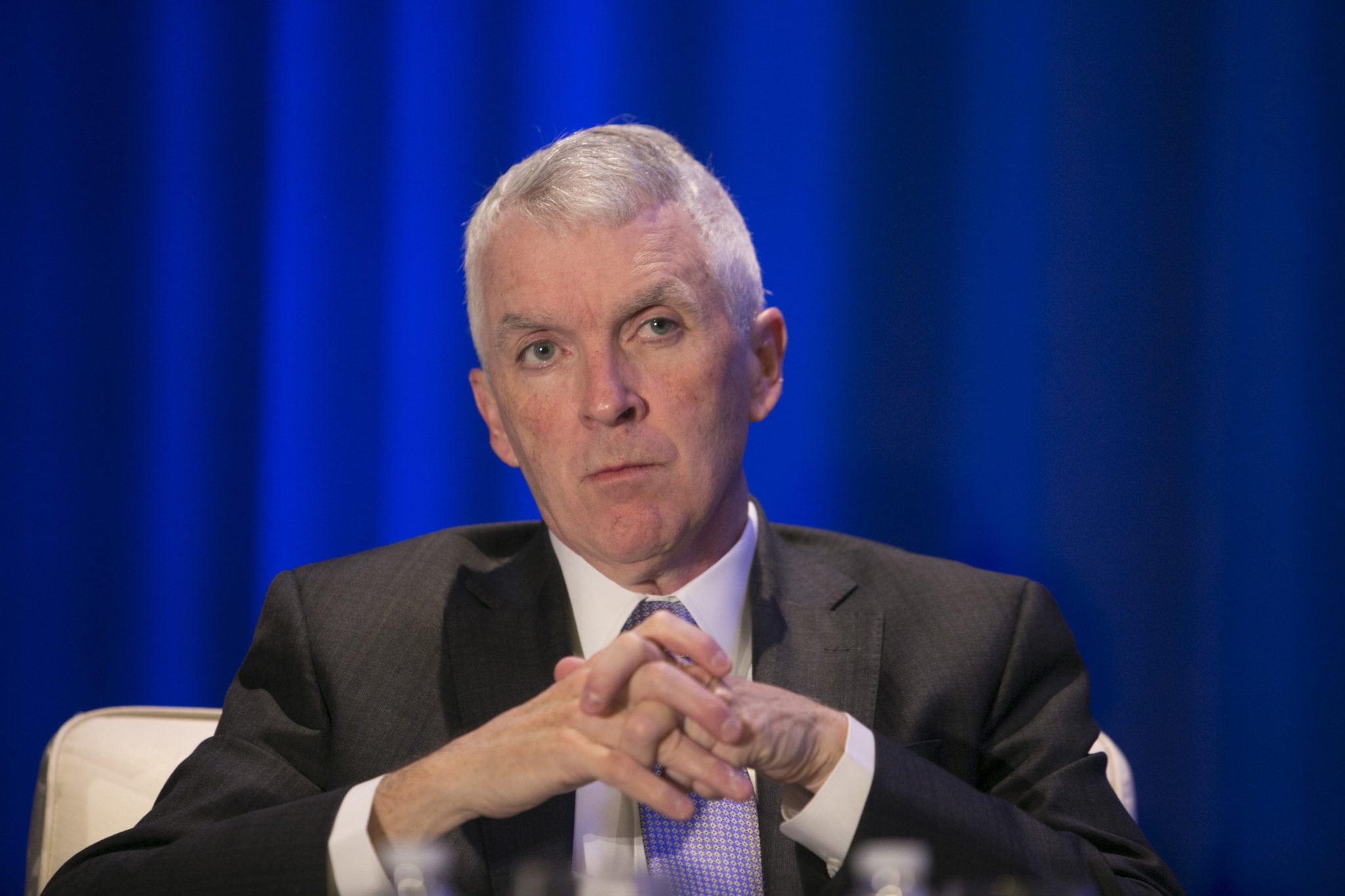
After kickback from the FDA, Bristol-Myers yanks its Opdivo/Yervoy BLA for high TMB approach to lung cancer
Bristol-Myers Squibb has had a hard time winning analysts over to its strategy for carving out a higher market share for its checkpoint combo …
Sign up to read this article for free.
Get free access to a limited number of articles, plus choose newsletters to get straight to your inbox.